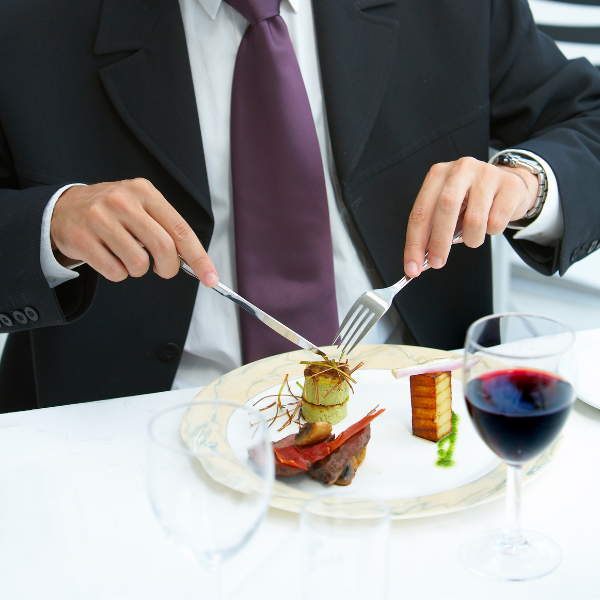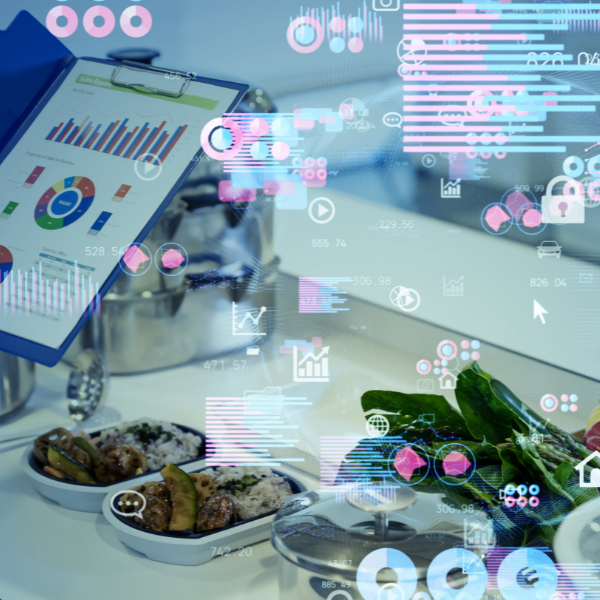In the fast-paced world of foodservice, multitasking isn’t just a useful skill — it’s essential. From chefs managing multiple dishes to servers balancing tables and service timing, team members are required to handle overlapping responsibilities throughout their shifts. But multitasking must be done without sacrificing the quality of food or service.
With effective training, staff can manage high-volume demands more efficiently, resulting in faster service, fewer errors, and higher customer satisfaction. This article explores how to train foodservice staff for multitasking without compromising quality or consistency.
Understanding The Importance Of Multitasking In Foodservice
Multitasking is embedded into nearly every foodservice role. Cooks prep multiple ingredients while managing the grill. Servers greet guests while running orders and clearing tables. These overlapping responsibilities require more than just energy — they demand training and strategy.
By developing multitasking skills through structured training, staff can handle complex workflows while maintaining accuracy. This directly supports smoother operations, stronger team coordination, and enhanced customer experiences.
Implementing Effective Multitasking Training Programs
Key Components Of A Multitasking Training Program:
Define Core Responsibilities: Identify primary and secondary tasks for each role to clarify expectations. For kitchen staff, this might include simultaneous responsibilities like prepping and plating.
Simulate Real Scenarios: Use role-play and shift simulations to allow hands-on practice without real-time pressure.
Teach Prioritization Methods: Introduce time management techniques such as task batching or visual cues to help staff organize their responsibilities.
Offer Ongoing Workshops: Provide regular training refreshers that introduce new techniques and reinforce previous lessons.
Scenario: A Multitasking-Driven Kitchen In Action
In a busy restaurant, the head chef leads a team managing dozens of concurrent orders. Each cook must focus on their station — grilling, sautéing, garnishing — while remaining aware of ticket timing and plating standards. The right equipment, like chef knives, stackable containers, and labeled squeeze bottles, plays a critical role in supporting a team’s speed and consistency during high-volume hours.
With effective multitasking protocols in place:
Team members understand their core tasks and assist where needed.
Communication is constant but efficient.
Dishes are completed in sync, ensuring timely service with consistent quality.
This illustrates how multitasking, when trained and managed well, can enhance both speed and precision.
Balancing Multitasking With Quality Control
Best Practices For Maintaining Standards:
Use Checklists: Simple task checklists ensure critical steps aren’t missed.
Encourage Team Communication: Promote brief, clear communication to maintain alignment across stations.
Monitor And Coach: Supervisors should observe workflows and provide real-time guidance or post-shift feedback.
Enhancing Multitasking Through Technology
Helpful Tools Include:
Kitchen Display Systems (KDS): Digital ticket management reduces confusion and helps prioritize orders.
Mobile POS Devices: Allow servers to process payments and submit orders without leaving the floor.
Prep Station Timers Or Alerts: Guide staff in juggling overlapping cooking or holding times.
By integrating these tools into your training and daily operations, you enable staff to manage tasks more efficiently and confidently.

Empowered Teams Deliver Quality And Speed
Training staff for multitasking is an investment in both your team and your operation. With clear systems, hands-on practice, and supportive tools, your team can balance speed with accuracy — even during peak service hours.
Explore Restaurantware’s collection of efficient, sustainable kitchen tools designed to support fast-paced kitchens without compromising quality. Discover how the right equipment and systems can help your team thrive.
How Can I Help New Hires Adapt To Multitasking Quickly?
Pair them with experienced team members and provide structured, role-specific training modules. Focus on hands-on practice early.
Can Multitasking Lead To Burnout?
It can if poorly managed. Encourage break schedules, maintain reasonable workloads, and monitor for fatigue to avoid burnout.
What If An Employee Struggles With Multitasking?
Offer targeted support, identify specific areas of difficulty, and consider role adjustments to better match their strengths.









